The streets of Indian metro cities are witnessing a rising issue that is silently contributing to a significant environmental and health crisis – road dust pollution. As urbanization progresses and vehicles become more common, the impact of road dust in Indian metro cities has become a matter of serious concern.
Understanding Road Dust
Road dust is a mixture of fine particles generated from various sources such as vehicle exhaust, construction activities, industrial operations and natural sources like soil erosion.
These particles are deposited on the surface of paved roads and are susceptible to being re-entrained into the atmosphere due to vehicle-generated turbulence or wind.
When it comes to unpaved roads, the material used for the road itself is typically road dust.
These particles suspended in the air form a haze that engulfs cities, impacting visibility and air quality.
Impact of Road Dust on Indian Metro Cities
Indian metro cities, with their rapidly expanding infrastructure and increased vehicular traffic, face heightened levels of road dust pollution. This problem becomes more severe during dry seasons and periods of minimal rainfall.
Road dust emissions into the air significantly increase atmospheric particulate pollutant concentrations in urban and industrial environments. As a result, air quality degrades.
This is primarily because of the high concentration of heavy metals and organic compounds released by brakes, tires, and motor exhaust, which become embedded in the road dust reservoir.
When these pollutants remain in the air for an extended period, they can have a detrimental effect on the environment and the health of city residents.
Why Is There So Much Dust In The Winter Season?
Reasons for Road Dust in Indian Metro Cities
There are several factors responsible for increasing road dust in metro cities. Driving speed, traffic volume, materials used for the road’s surface, and meteorological elements including wind, rain, humidity, and temperature are among these factors.
The rapid urbanization process that occurred without proper planning and preventative maintenance measures is the primary factor behind this issue. In the recent past, the country has witnessed swift construction activities that have led to deforestation and loss of natural habitat, resulting in the suspension of large amounts of dust particles in the air.
The inappropriate construction practices across the country worsen the situation. Builders and contractors rarely follow construction standards and never properly dispose of leftover construction materials. Consequently, piles of sand and cement are often abandoned on the roadside, susceptible to being carried away by the wind.
Construction activities involve the transportation of building materials like cement, sand, crushed stone, and fine sand. Inadequate transportation of these materials often leads to some portions of the materials being left on the roads. Consequently, the materials get blown away by the wind, resulting in airborne dust.
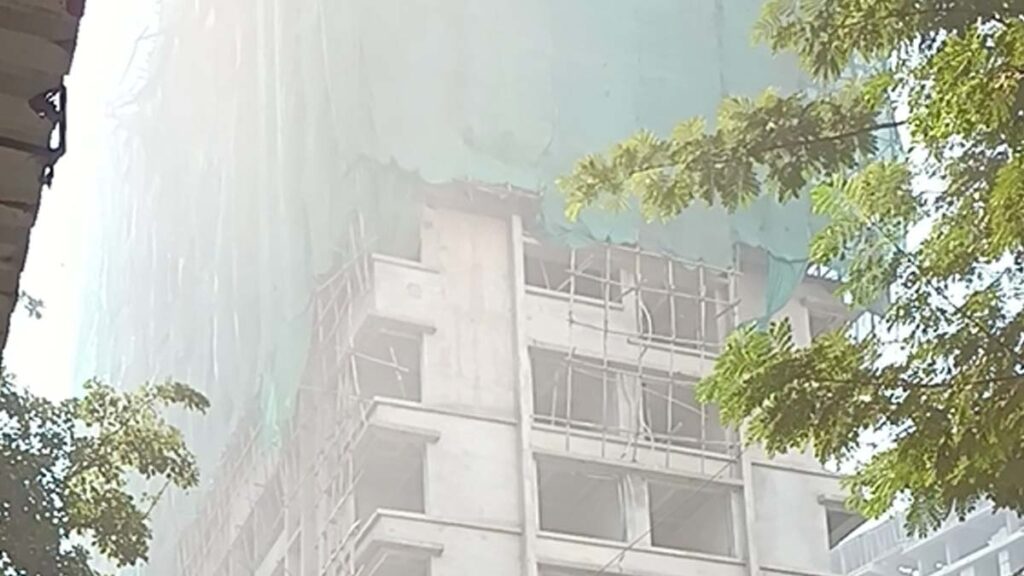
In India, most roads lack a hard shoulder and a curb, which is a cement edge that prevents loose soil from spilling onto the road. Consequently, during hot summers, dust particles tend to accumulate, while in rainy seasons, mud is commonplace.
Indian roads are frequently unpaved, consisting of dirt or gravel instead of asphalt. One of the main reasons for this is the absence of trees and vegetation along the roadway and sidewalk. As vehicles travel on these roads, they tend to kick up dust into the air.
Sand and dust accumulate on both sides of the road due to the overflow from the divider and footpath. When heavy or speedy vehicles pass by, the collected sand and dust start blowing in the air.
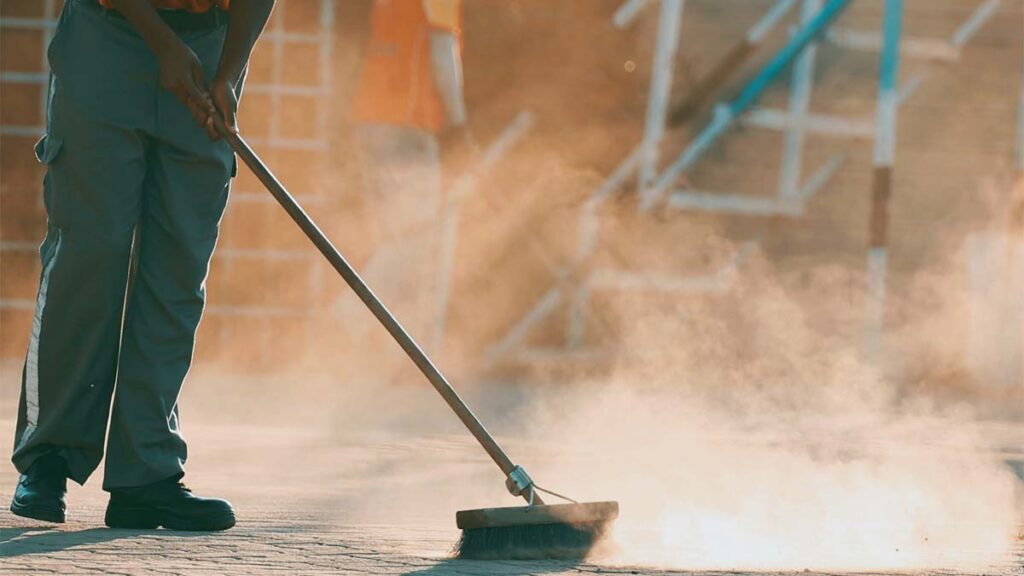
Indian cities have sweepers whose goal is to enhance urban areas’ aesthetic appearance by clearing street debris, litter, and dirt from the streets. However, road sweepers and their operational processes are not developed to reduce road dust. Generally, sweepers are effective in removing leaves, litter, and dirt, but they also disperse more dust particles into the air.
Sometimes, they sweep the dust and put it back in the median or gather it on the roadside, but they don’t lift it immediately. Regrettably, the following day, the dust returns to the roads, creating an unfortunate cycle.
In addition, due to extended periods of dry and windy weather, dust remains suspended in the air instead of settling. This issue is compounded by the millions of vehicles that traverse the narrow roads of India, causing them to pick up even more dust and exacerbating the problem.
The escalating number of vehicles, particularly those using fossil fuels, emits particulate matter that adds to the road dust. The wear and tear of tires and brakes further compound this issue.
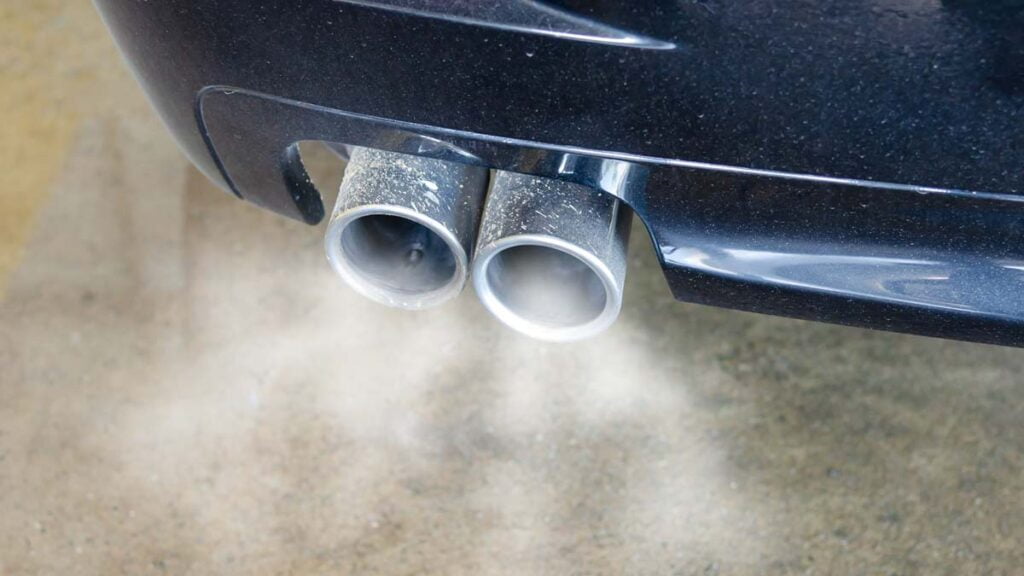
Neglecting the periodic maintenance of roads is also the primary cause of the accumulation of dust particles on the road surface. When maintenance is not carried out regularly, potholes, cracks, and uneven surfaces begin to form, which collect dust, debris and other pollutants.
Effects of Road Dust Pollution
Health Impacts of Road Dust Pollution
Breathing in tiny particles from dust on roads can result in respiratory problems, exacerbate asthma, trigger cardiovascular issues and even lead to lung cancer. Those who are weak such as children and the elderly are especially prone to suffering.
Environmental Consequences of Road Dust Pollution
Road dust pollution affects soil fertility, contributes to water contamination and impacts biodiversity. It disturbs ecosystems, endangering both plants and animals.
Strategies for Road Dust Control in Indian Metro Cities
Controlling the issue of road dust in the metropolitan cities of India is a daunting task. A number of factors contribute to this problem such as heavy vehicular traffic, never ending construction work, dry climate and insufficient road maintenance. Various measures are needed to reduce road dust emissions depending on the region and other factors like weather.
Measures can be either preventive or mitigating.
Preventive measures aim to prevent the accumulation of particles on the road surface by paving access to unpaved roads, covering truck loads, or imposing road traffic restrictions.
Mitigating measures aim to reduce the impact of particles that have already been deposited rather than removing or binding them.
Here are some strategies that can help to reduce road dust in metro cities
Paving and Repairs
Improving road infrastructure by using dust suppressants, paving roads with materials that reduce dust and timely repairs can minimize dust generation.
Road Infrastructure Upgrades
Upgrade roads with hard shoulders and curbs to prevent loose soil and dust accumulation. Implement green belts alongside unpaved roads to stabilize soil and reduce dust. Retrofit existing roads for better dust emission control.
Regular Street Cleaning
Revamp road cleaning methods by ensuring timely and efficient dust collection. Equip sweepers with better tools and techniques to collect and dispose of dust properly. Implement scheduled and frequent cleaning cycles to prevent the accumulation and recurrence of dust on roads.
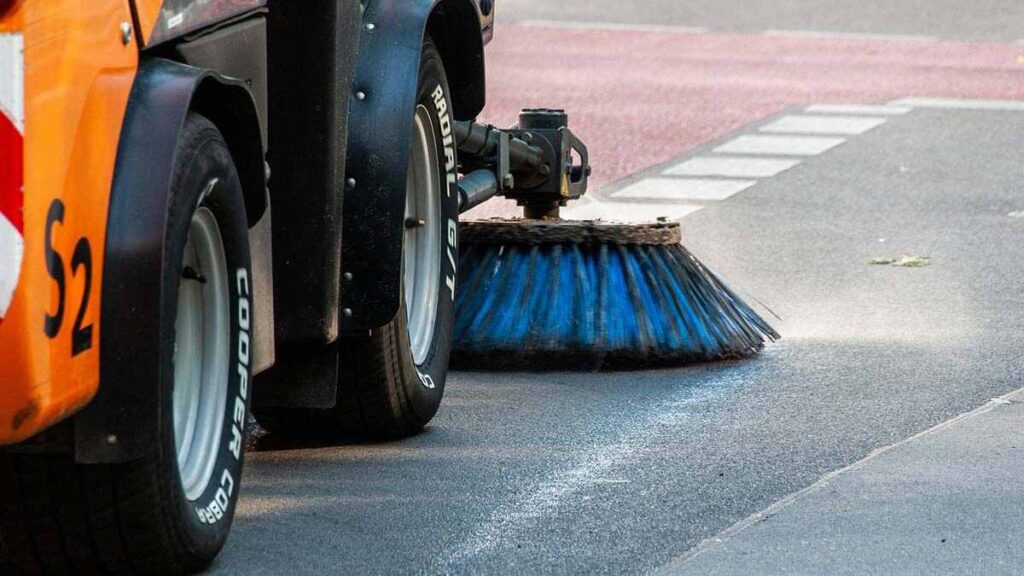
Street Washing
Various factors can impact emissions, including the friction of surfaces, gravity, and the ability of particles to stick together and agglomerate.
However, these emissions can be reduced by reinforcing these factors. For example, the use of binding agents, water, or moisture-retaining substances can help in mitigating emissions.
Reducing dust resuspension by washing street surfaces with water can be effective.
Using Dust Suppressants
Applying dust suppressants, like water polymers, on unpaved roads can temporarily control the dust. Chemical dust suppressants can also be used to suppress dust for a longer time.
These suppressants are sprayed on the road surface, which helps to bind the particles. They prevent them from becoming airborne when agitated by the wind, tyre action or vehicle turbulence.
Construction Practices
Strict enforcement of regulations regarding construction sites to minimize soil disturbance, covering trucks carrying construction materials, and proper waste management can significantly reduce dust generation.
Traffic Management
Implementing measures to control traffic congestion and promoting the use of public transport, electric vehicles or carpooling can lessen the number of vehicles on the road, reducing dust.
Vegetation and Greenery
Planting trees and vegetation along roadsides and in urban areas can act as a natural barrier to dust, reducing its dispersion.
Public Awareness
Raising awareness about the significance of controlling road dust is crucial. It can help to take necessary measures at both individual and community levels to minimize its harmful effects.
These measures include proper waste management, regular cleaning of roads, planting vegetation along roadways to minimize dust, and adopting cleaner technologies in construction and transportation.
Ultimately, creating awareness can lead to collective action and policies aimed at reducing road dust, improving public health, and preserving the environment in Indian metropolitan cities.
It’s important to understand that single dust cleaning methods such as vacuuming and mechanical sweeping are not enough to reduce road dust contribution. A comprehensive package of measures, including road sweeping and washing, is necessary to reduce dust concentrations.
Conclusion
India has been facing these problems for several years. Regrettably, the Municipal Corporation and the Indian government have been unable to provide a conclusive solution due to insufficient resources and technology.
Road dust is becoming a significant issue in Indian cities, requiring prompt action and teamwork. Governments, urban planners, businesses and residents must collaborate to ensure sustainable and healthy urban environments.
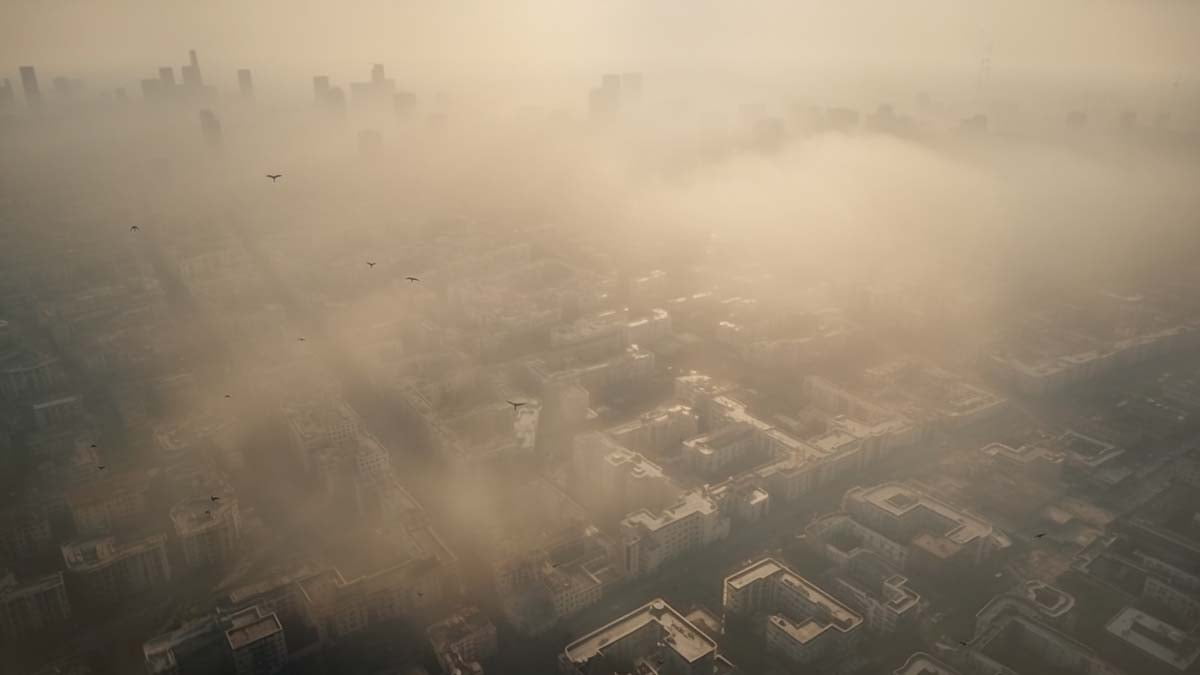
Leave a Reply